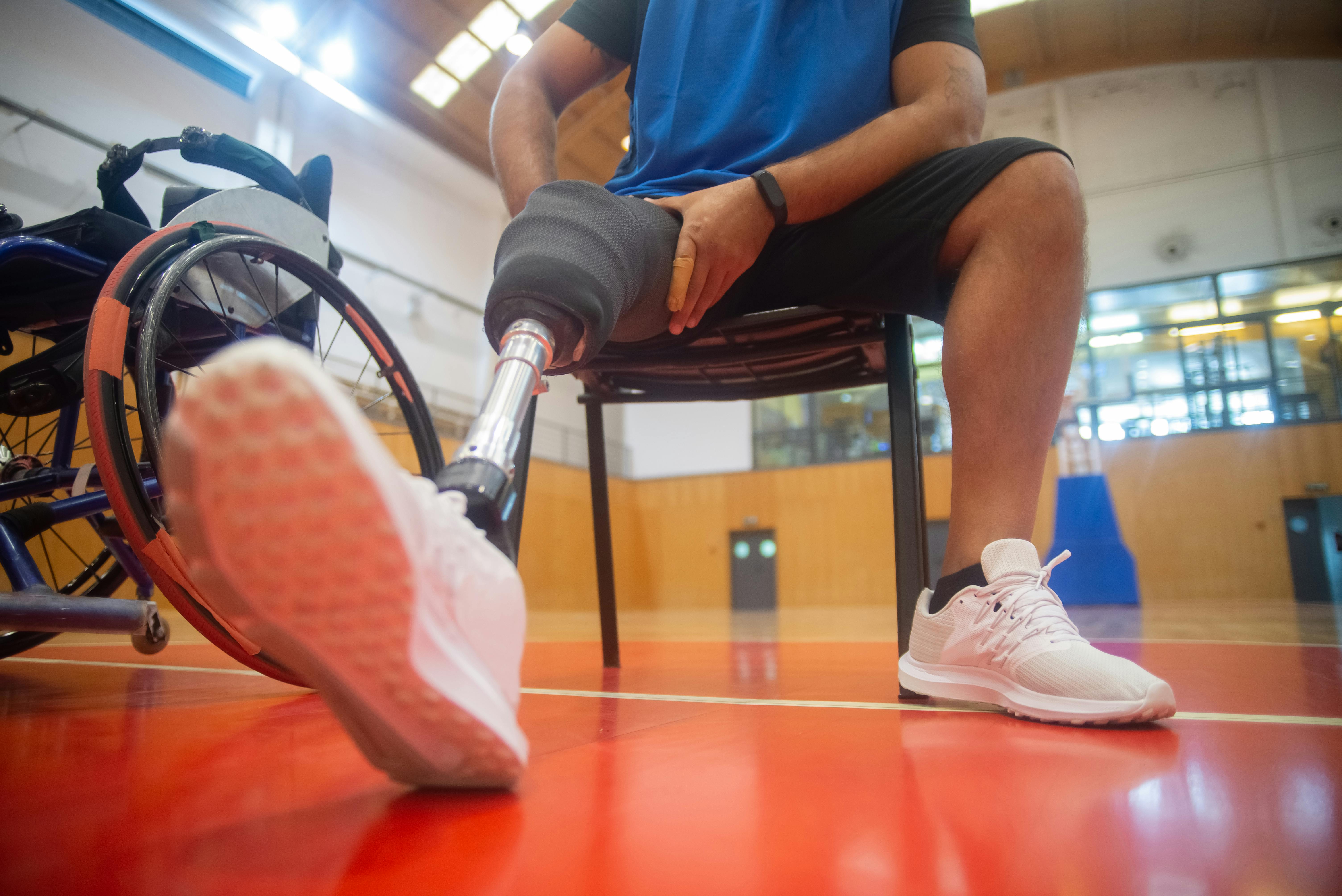Ko Teki Ryoda – A Powerful Lesson for Aspiring Ninjutsu (Ninpo) Students
How do you sum up the ninja’s philosophy of life, warfare, the workings of universal justice, and all the other seeming contradictions that seem to exist in the ninja realm? Because, if you are serious about studying and mastering the art of Ninjutsu, the art and philosophy of life of Japan’s ancient shadow warriors, then you must understand that your training and skill development will need to involve much more than simple step-by-step techniques. Step. , or some “cool” weapons.
In the realm of ninja martial art, Ninjutsu, or Ninpo as it is known in its higher order, there are short phrases or “mottos” that act to summarize very deep and very powerful lessons. And often these lessons are the most important of all if you want to become a true Ninja, a person who can “endure” whatever life throws your way. This article looks at one of those philosophical topics or perspectives that you can use to guide your training, your skill development, and your life!
As part of the annual training that takes place at least in Grandmaster Masaaki Hatsumi’s Bujinkan Dojo, the current Soke of the 9 elementary schools that make up the central training, there is an annual “theme”. This theme is used as a way to focus the training and perspective of teachers and students alike, so that we can see the lessons in a different way, instead of always seeing them the same way.
One of these philosophical themes was summed up by the phrase:
Ko Teki Ryo Da
In fact, Hatsumi sensei painted the kanji for this important lesson for me and hangs it in my office as a constant reminder of the powerful lessons that lie within, behind, and around these simple words.
The phrase itself simply translates as: “The tiger below – The dragon above.”
But, without an understanding of what the phrase points to as a life lesson for the serious student on the path to Ninja mastery, it remains just a simple phrase.
So what does the phrase Ko Teki Ryoda mean?
Good question. And, there are many answers that will work to define it. But, to reach the deepest levels of understanding – which is the same as the deepest levels of understanding within this powerful life domain system that is so often limited to a mere choice of martial arts among the choices of martial arts. martial –
…you’ll have to spend a lot of time contemplating more than just a bunch of step-by-step kata with weird names that have been passed down from long-dead warriors. You will need to rediscover the wisdom they knew and tried to pass on for the benefit of the world.
To begin our exploration of this simple phrase, let’s take a look at the simplest level. Let’s look at it from the perspective of what the references to these two creatures meant or symbolized.
In ancient Japan, the tiger was considered to be the strongest being in the physical realm of existence. And, although tigers are not indigenous to Japan, the tiger was seen for its strength, size, and ferocity.
So, the tiger came to symbolize the realm of combat. And the training within the “Tiger Kingdom” is characterized by the martial skills that everyone tends to think of when they think of Ninja and the art of Ninjutsu.
On the contrary, the ancient Japanese considered the dragon to be the strongest or most powerful creature on the spiritual or etheric plane. And, although the dragon is a mythical creature, it was seen as a symbol of inner strength, longevity, grace, and the higher realms of the human spirit.
Contrary to the way the West has seen the dragon, as a destructive winged creature that breathes fire and attacks man, the people of the East have a very different view. While the dragons of the West are viewed with fear and a sense of “awe”, the East sees the dragon as an auspicious creature capable of great good.
So, the dragon is seen as the symbolic representation of those abilities, traits and qualities that enable us to lead peaceful and harmonious lives, to spend our lives successfully, as intelligent, beneficent and compassionate members of society.
On one level, then, the phrase could point to the ideal of the dragon realm over that of the tiger realm: that peace, harmony, and the abilities that produce success and results in this direction should be considered more important than those of the realm. Tiger.
But, the phrase can also point to the created balance, and wholeness of being, for the Ninja who has the skills to operate and succeed in both realms. We must understand “Mind-Ninja” as well as, if not better than, the physical skills of war. Because it is the mindset, wisdom and perspective of the Ninja that he is operating in and leading the way, regardless of what arena we are operating in.
The important thing is to understand that our training does not and cannot stop with mere martial arts skills for self-defense. If we are going to be true Ninja, with all the meaning, power and focus that word implies, if we are going to be able to produce results and be successful in any field, not just in a fight…
…then we must have more to offer the world than just another person who can “hit somebody.”
